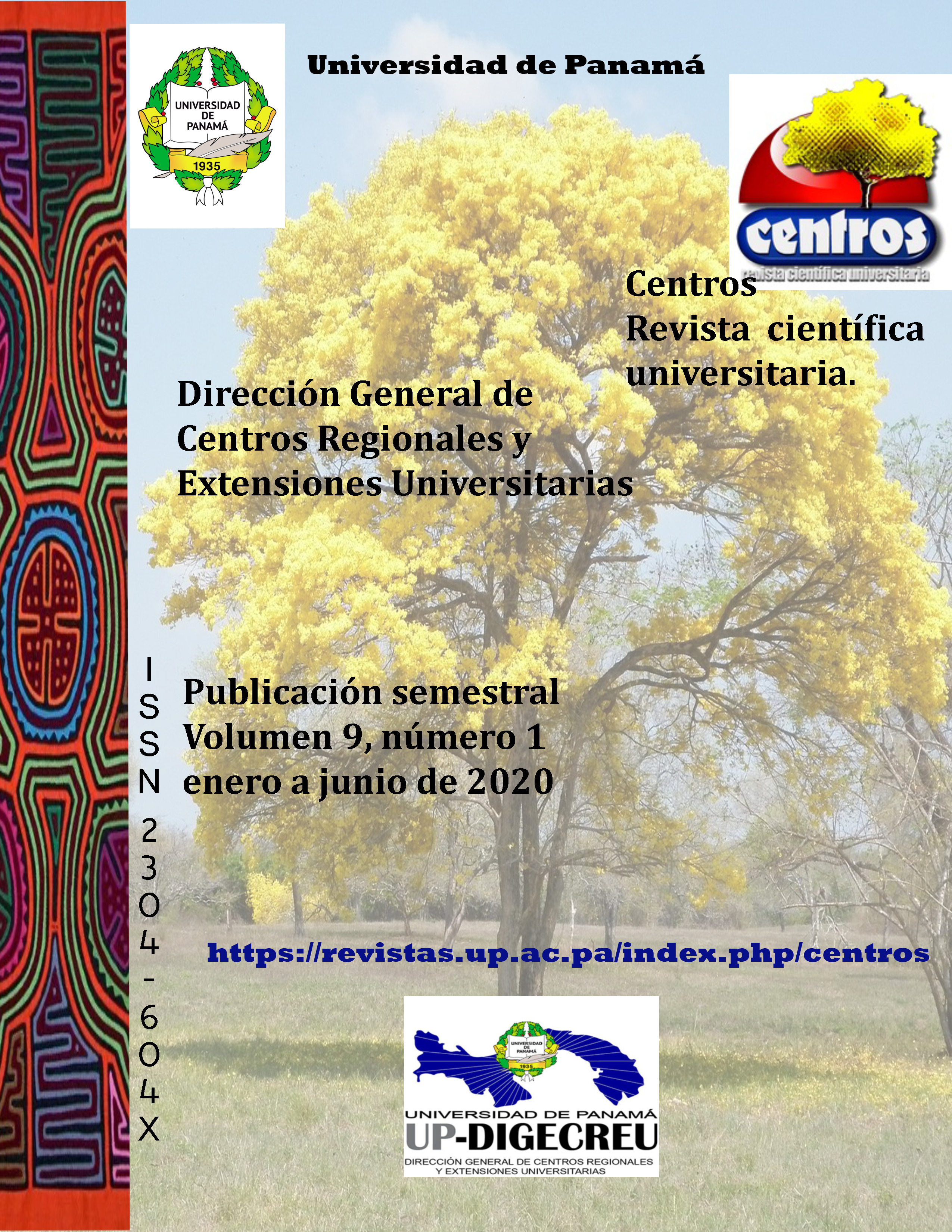

In this article we present the different methodological strategies, results, experiences and difficulties of the project Strengthening Textile Enterprises executed from 2016 to 2018, between the Industrial and Graphic Design School, at Universidad de Las Américas; Centro de Capacitación Textil de Carapungo, at Gobierno de Pichincha; and Unidad de Inclusión Económica y Social (MIES), at Ministerio de Inclusión Económica y Social. The project was carried out with 25 bussiness ventures associated with the previous institutions.
The main problem identified was the absence of design both in graphic and industrial aspects. These were: lack of corporate identity that identifies them among the competition, non- existence of an impactful naming; absence of graphic pieces, and lack of communication channels and digital media that inform about themselvess. Also, there were no innovation in their textile products and their working conditions needed an ergonomic review among with health and safety standars. In order to accomplish this, we planned a two years program divided
into three stages: 1. Baseline and branding guidelines and promotional pieces. 2. Development of new textile product.3. Packaging design, commercial photo database and digital channels.
As a result, these textile enterprises were strengthened by applying the co-design methodology. In addition, different tools were adapted for the development of each result that allowed to connect all the stages. Also, the synchrony between the stakeholdersa involved facilitated the execution of the project within the schedule.